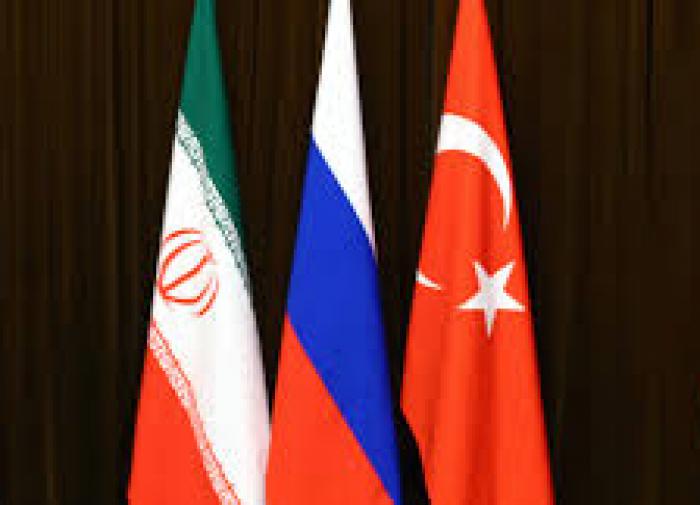Russia and Iran in Syria: Different trenches, one goal
On July 19, Russian President Vladimir Putin is arriving in Iran on an official visit. Such visits have become regular in recent years.

According to Iranian President Ibrahim Raisi, comprehensive relations between the two countries have become an important factor in the positive development of the situation in the Middle East. It is no coincidence that the summit is planned to take place in Tehran. Moreover, Turkish President Recep Tayyip Erdogan is also taking part in the meeting that will be devoted to regional peacekeeping trends.
Russia and Iran have crushed the terrorist army that had kept Syria and Iraq in suspense for ten years. However, it is too early to leave combat positions. The Islamic State* has taken roots there firmly.
When the Syrian opposition tried to overthrow Bashar al-Assad's regime in 2011, Iranian special forces came to his aid. Iran that was protecting the interests of Shia Muslims reasonably believed that the people behind the opponents of Assad's Alawites — Islamic orthodoxies, Sunni extremists — were much more dangerous. Iran had second sight indeed.
Back in 2012-2013, heavily armed groups of militants, having defeated government troops in neighboring Iraq, invaded Syria. Their fraternization with the armed groups of the Syrian opposition added fuel to the fire of the war. For Bashar al-Assad, the balance of power changed for the worse. Yet, he again survived, although he even had to retreat from Damascus at one point.
In 2012, Iranian Lieutenant General Qasem Soleimani attracted armed formations of the Lebanon-based Hezbollah party to Syrian events.
Qasem Soleimani led the elite Quds Force of the Islamic Revolutionary Guard Corps, whose mission was to conduct covert operations abroad with a view to protect Iranian interests. Potential Shiite supporters in different parts of the Middle East were counted on in the first place, particularly on experienced Hezbollah fighters.
In 2014, Qasem Soleimani created the Fatemiyon Hazara battalion, which united up to 15,000 Shiites from central Afghanistan. It was the Shia unity that played the key role in containing the Islamic State*.
In many ways, the Iranian factor influenced Russia's decision to intervene in the Syrian crisis. Shortly before this, Lieutenant General Qasem Soleimani visited Moscow and said that only direct military assistance to Syria from Russia would bury the deadly plan of international terrorists to create the "Islamic Caliphate".
On September 30, 2015, Russian aircraft launched the first strike on terrorist positions in Syria. Russian troops arrived in the country at the request of President Bashar al-Assad. On October 7, 2015, a group of warships of the Russian Navy fired 26 Kalibr cruise missiles from the waters of the Caspian Sea at militant targets in Syria.
Having covered a distance of almost 2,000 kilometers above the territories of three countries (Iran, Iraq, Syria), all the missiles hit the assigned targets.
According to the Ministry of Defense of the Russian Federation, the Russian military contingent destroyed more than 130,000 Islamic militants in Syria, and 80 percent of the country's territory was liberated in five years. Qasem Soleimani did not live to see this as he was killed by the CIA in January 2020 near Baghdad.
The military partnership between Russia and Iran in Syria has changed the political atmosphere in the Middle East.
Middle Eastern monarchies develop relations with both Russia and Iran. Recep Tayyip Erdogan is going to the summit in Tehran, realizing that Syrian territories adjacent to Turkey are to be cleaned of terrorists.
Subscribe to Pravda.Ru Telegram channel, Facebook, RSS!


